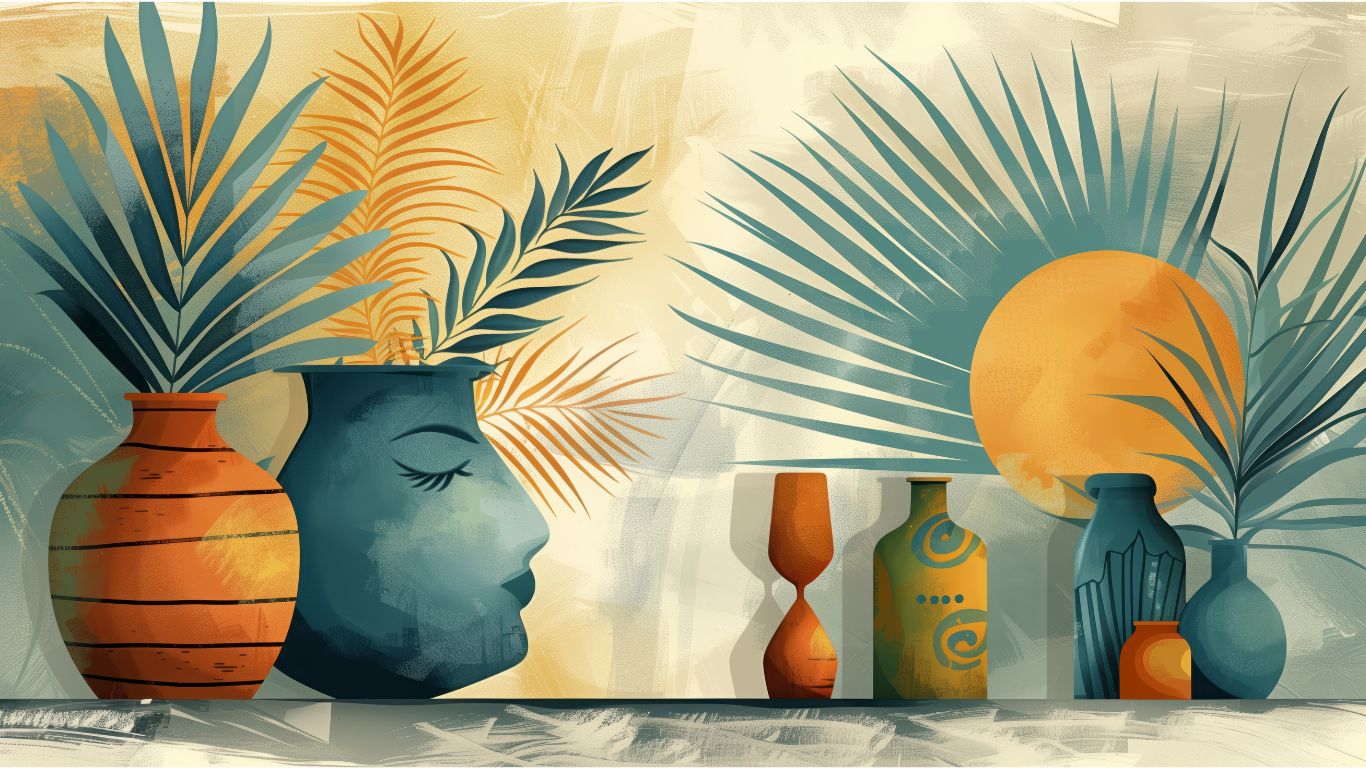Nepal is a country renowned for its diverse communities, vibrant traditions, and magnificent natural landscapes. However, some of the most intriguing aspects of Nepalese culture remain hidden within smaller, lesser-known communities. Among these is Gelboodu, a remarkable yet often overlooked group that holds unique cultural practices, traditions, and values that offer a fresh perspective on Nepal’s rich heritage. In exploring the heart of Gelboodu, travelers, researchers, and culture enthusiasts gain insight into the lives of a community deeply rooted in Nepal’s mountains, valleys, and spiritual legacy.
Understanding Gelboodu: A Unique Cultural Identity
Gelboodu, a traditional Nepalese community, has managed to preserve its customs, language, and values for generations. Nestled in Nepal’s rural regions, Gelboodu culture reflects the resilience, solidarity, and respect for nature seen throughout Nepalese society. Members of the Gelboodu community live in small, tight-knit villages, where cooperation and family bonds remain central. Their unique cultural identity is sustained by adhering to their time-honored customs, rituals, and societal roles, which are passed down through family generations.
The Language and Dialects of Gelboodu
Language plays a crucial role in defining the identity of the Gelboodu community. While Nepal’s official language, Nepali, is widely spoken, the Gelboodu people maintain their dialects that distinguish them from other groups. These dialects contain words, expressions, and phrases unique to Gelboodu life, expressing intricate emotions and values that cannot be captured by Nepali alone. The preservation of this language is essential, as it embodies the traditions, stories, and folklore of the Gelboodu people.
Traditional Festivals and Celebrations
Among the most vibrant expressions of Gelboodu culture are its festivals and celebrations. In these gatherings, songs, dances, and rituals fill the air, bringing community members together. Festivals often involve symbolic practices meant to honor deities, ancestors, and nature, which remain deeply woven into Gelboodu belief systems. For example, the annual Harvest Festival celebrates the successful gathering of crops and thanks the earth for its abundance, ensuring continued prosperity for the coming year.
The Role of Art and Craft
Art and craft are integral to the cultural identity of Gelboodu. Using traditional techniques passed down through generations, Gelboodu artisans create intricate designs and patterns, often with locally sourced materials. From woven textiles to handcrafted pottery, these artworks do not only serve aesthetic purposes but also function as practical household items, which showcase the craftsmanship and creativity of the Gelboodu community. Unique, vibrant patterns represent specific symbols and values, which demonstrate the artisans’ connection to their roots.
Daily Life and Occupations in Gelboodu Villages
Daily life in Gelboodu villages reflects the community’s values of simplicity, respect for the land, and hard work. Most villagers engage in agriculture, growing staple crops like rice, wheat, and vegetables, which sustain their families and support the village economy. Additionally, Gelboodu men and women participate in roles specific to traditional gender norms, although these roles can vary based on each family’s circumstances. Many men work as craftsmen or farmers, while women oversee household tasks, animal care, and children’s education.
Architecture and Village Layout
The architecture found within Gelboodu villages showcases practical design and aesthetic appeal. Traditional Gelboodu homes are constructed with locally sourced materials such as stone, wood, and mud, making them naturally adapted to the climate. Roofs are often thatched, adding insulation against both summer heat and winter chill. Within the village, houses are arranged to form a close community, promoting interaction and mutual support. This architectural style emphasizes the community’s resourcefulness and deep connection to the environment.
Flavors of Tradition and Identity
Food is a significant aspect of Gelboodu identity, reflecting local resources and traditional preparation methods. In Gelboodu cuisine, staple foods such as rice, lentils, and vegetables are prepared using ancestral recipes that have remained unchanged for generations. Dishes are often cooked with seasonal ingredients, flavored with spices, and shared communally, strengthening bonds among family members. Many meals are prepared to celebrate specific rituals or festivals, which reinforces the connection between cuisine and cultural identity.
The Spiritual Beliefs of the Gelboodu People
Spirituality holds an essential place in the Gelboodu worldview. The Gelboodu community follows a mix of indigenous beliefs and practices that honor natural elements and local deities. Their spiritual practices emphasize a deep respect for the environment, the mountains, and the rivers they consider sacred. Certain rituals are performed to seek blessings, protection, or gratitude, reflecting a spiritual connection that is inherently tied to Gelboodu land and lifestyle. These beliefs highlight the Gelboodu people’s perspective on life, death, and the afterlife, offering a unique spiritual outlook.
Preserving Gelboodu Heritage Amidst Modernization
In recent years, challenges have emerged for the Gelboodu community due to the influences of modernization and urban migration. As younger generations pursue education and career opportunities outside their villages, traditional customs and dialects face the threat of gradual loss. However, many Gelboodu elders are committed to preserving their heritage, and teaching younger members the value of their language, customs, and skills. Community-led initiatives, workshops, and traditional gatherings are being organized to ensure that Gelboodu culture continues to thrive.
The Role of Storytelling
Storytelling in Gelboodu culture is more than entertainment; it serves as a powerful method for passing down wisdom, history, and moral values. Elders narrate folk tales, myths, and historical accounts, which preserve the legacy of ancestors and reinforce social values among younger generations. These stories often incorporate local deities, spirits, and heroes, allowing listeners to connect with their cultural heritage in a profound and personal way. Through storytelling, Gelboodu values and customs are immortalized.
Traditional Gelboodu Attire and Adornments
Gelboodu attire embodies the beauty and uniqueness of the community’s cultural heritage. Men and women wear traditional clothing crafted from hand-woven fabrics, dyed with natural colors and decorated with intricate patterns that symbolize various elements of their identity. Women often wear vibrant necklaces, earrings, and bangles, which reflect both social status and spiritual beliefs. Clothing and adornments play a role beyond fashion, as they signify identity, unity, and pride in Gelboodu heritage.
The Impact of Nature on Gelboodu Life and Beliefs
Nature is not only a backdrop to the lives of the Gelboodu people but is considered a central element in their daily practices and beliefs. The landscape, weather, and seasonal cycles influence everything from their agricultural practices to their spiritual ceremonies. Mountains, rivers, and forests are seen as sacred, embodying spirits and energies that Gelboodu people respect and cherish. This deep connection with nature reinforces their commitment to environmental preservation and sustainable living.
Education and Knowledge Transfer in Gelboodu Villages
Education in Gelboodu villages combines both formal schooling and traditional knowledge sharing. While children receive education in regional schools, they also learn skills like farming, weaving, and animal care within their community. Elders serve as mentors, teaching younger members the Gelboodu dialect, traditional practices, and values, ensuring cultural knowledge is maintained. This blend of formal and informal education fosters a sense of identity and encourages youth to embrace their heritage while adapting to modern challenges.
Tourism in Gelboodu Villages: Opportunities and Challenges
Tourism has recently become a potential avenue for economic growth in Gelboodu villages. Visitors are increasingly drawn to Gelboodu culture for its authenticity, unique traditions, and scenic surroundings. However, tourism presents both opportunities and risks; while it provides financial benefits and cultural exposure, excessive tourism could threaten the preservation of Gelboodu customs and natural landscapes. Sustainable tourism initiatives that prioritize cultural respect are being developed to protect Gelboodu’s heritage while welcoming visitors.
Gelboodu: The Community at a Glance
An exploration of Gelboodu culture reveals a community where traditional values coexist with the need for modern adaptation. From unique dialects and celebrations to a deep spiritual connection with nature, Gelboodu encapsulates the essence of Nepal’s diverse cultural tapestry. For those intrigued by Nepal’s hidden communities, Gelboodu offers a rare opportunity to witness authentic heritage. As Gelboodu culture continues to evolve, efforts to preserve its traditions will play a crucial role in maintaining its place within Nepal’s national identity.
FAQs
What makes Gelboodu culture unique?
Gelboodu culture is unique for its distinct dialects, deep connection to nature, and rich traditions. It stands out for its traditional festivals, storytelling, and handcrafts that showcase its cultural legacy.
How does Gelboodu cuisine reflect their heritage?
Gelboodu cuisine uses local ingredients and ancestral recipes, symbolizing their connection to the land and communal living. Meals often align with seasonal cycles and cultural ceremonies.
What are some traditional Gelboodu crafts?
Traditional Gelboodu crafts include handwoven textiles and pottery, created with techniques passed down through generations, reflecting both artistry and daily practicality.
How do Gelboodu people preserve their language?
Language preservation efforts include community storytelling, teaching younger generations, and using dialects in daily life. This sustains the language’s relevance and cultural identity.
What role does nature play in Gelboodu spirituality?
Nature holds a sacred place in Gelboodu beliefs, with mountains, rivers, and forests considered embodiments of spirits. This connection drives their respect for the environment.
Why is sustainable tourism important in Gelboodu villages?
Sustainable tourism is important to protect the Gelboodu culture and the natural landscape. Responsible tourism encourages economic benefits while preserving traditions.
How is storytelling used in Gelboodu culture?
Storytelling is a method for passing down values, history, and customs. It reinforces moral values and connects listeners to their heritage.






